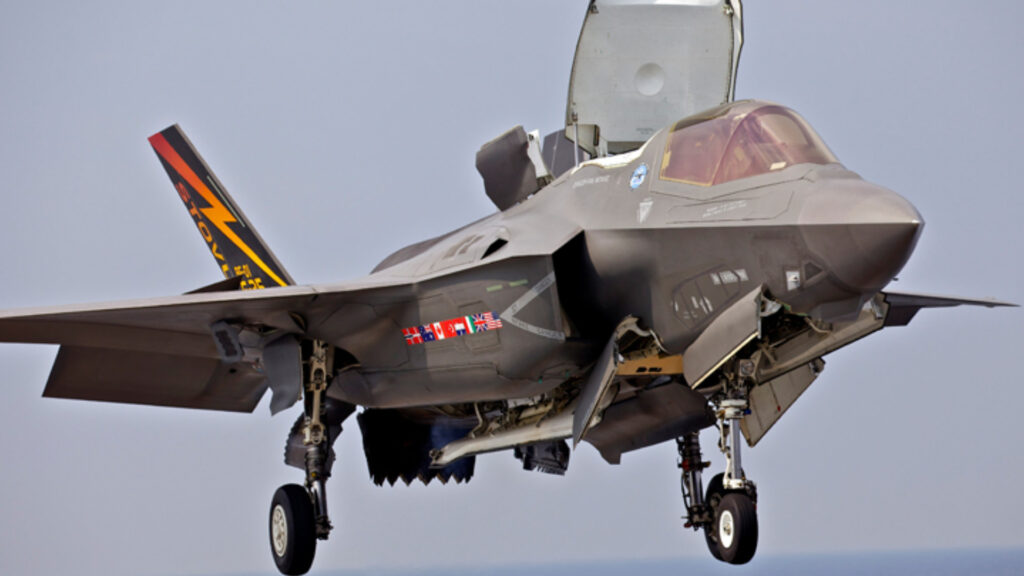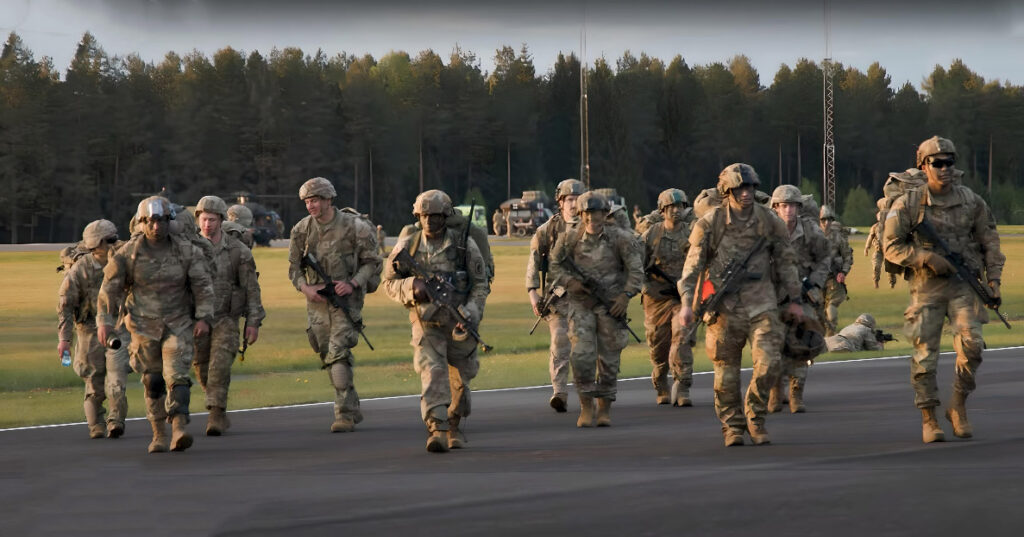On 30 June 2025, UK Prime Minister Keir Starmer made one of the most significant defence announcements since the end of the Cold War: the acquisition of 12 fifth-generation F-35A Lightning II fighter jets. Developed by Lockheed Martin, these aircraft can carry US B61-12 variable-yield nuclear bombs and will form part of NATO’s multilateral nuclear infrastructure.
The new F-35As are expected to be stationed at RAF Marham in Norfolk, where British WE177 nuclear bombs, decommissioned in 1998, were once based. This marks the UK’s return to air-delivered nuclear strike capabilities after nearly three decades, a capability not seen since the late 20th century. The decision reintegrates the UK into NATO’s nuclear aviation framework, alongside allies such as Germany, Italy, and the Netherlands.
Unlike the UK’s existing F-35B variants, the F-35A is designed for conventional runway operations, boasting a greater range (over 2,200 km) and payload capacity (up to 8,160 kg). This makes them key platforms in NATO’s Dual Capable Aircraft programme, enhancing the alliance’s flexibility in deterring potential threats.
The revival of the nuclear aviation component comes amid NATO’s renewed ambitions. At the alliance’s Hague summit on 24–25 June, members agreed to increase defence spending to 5% of GDP by 2035, with 3.5% allocated to armed forces and 1.5% to security infrastructure. In this context, the F-35A acquisition is seen as both a military and economic move. The government estimates the deal will sustain or create around 20,000 UK jobs, involving companies like BAE Systems, Rolls-Royce, and Leonardo UK.
However, the strategic shift has raised concerns. The potential return of US nuclear warheads to British soil—last seen in 2008—has sparked unease among experts and activists. While the Ministry of Defence has not confirmed the storage location, RAF Marham’s facilities may be adapted for this purpose. Some observers recall the Cold War-era protests at Greenham Common and warn of potential public backlash.
Failed Trident missile tests in 2016 and 2024 have cast doubt on the reliability of the UK’s sea-based nuclear deterrent, making the air-based component a strategic counterbalance to enhance the nuclear triad’s resilience. Nonetheless, any use of nuclear weapons, per NATO policy, requires approval from the alliance’s Nuclear Planning Group and the direct consent of UK and US leaders.
Starmer emphasised: “In a world where the lines between peace and conflict are blurred, we cannot afford strategic vulnerability. These aircraft will not only strengthen our defence but also boost British industry.”
Thus, London’s decision is not merely about acquiring jets but signals a strategic pivot: from reliance on sea-based nuclear deterrence to a flexible, multi-layered architecture capable of addressing the challenges of a new era.



